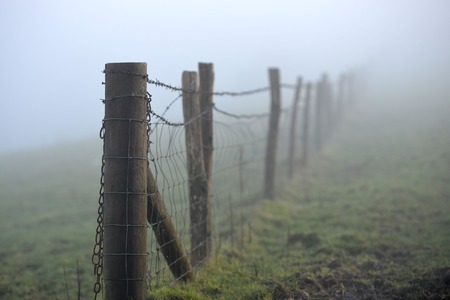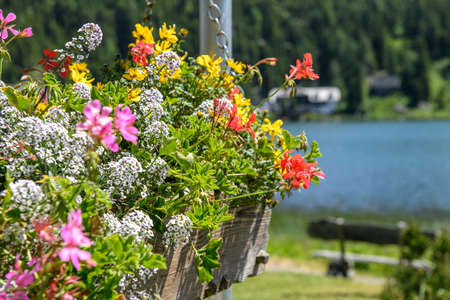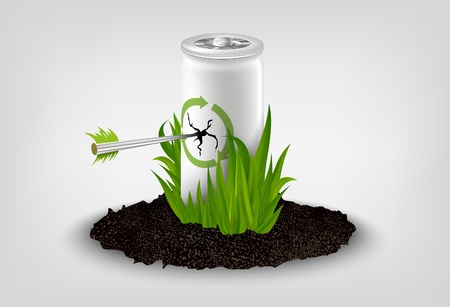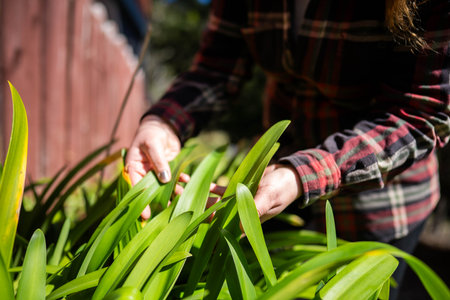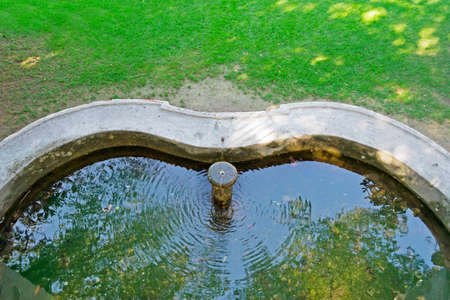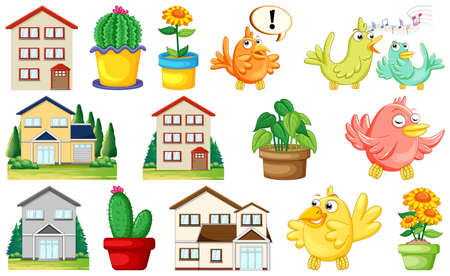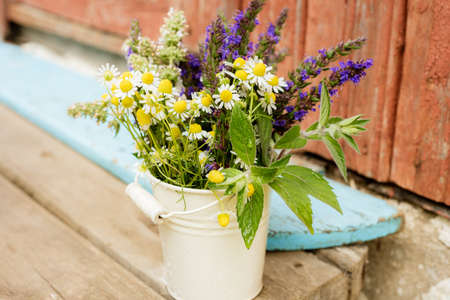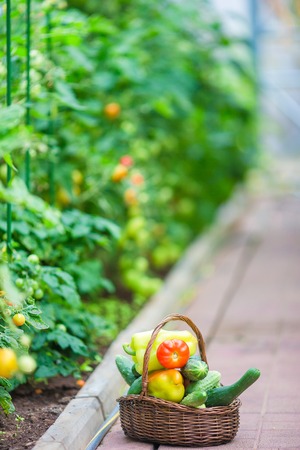Fencing, Sheds, and Storage: Setting Up Your Allotment Infrastructure
Understanding Allotment Rules and Local TraditionsBefore you start planning your fencing, sheds, or storage solutions for your allotment, it’s vital to get to grips with the site’s rules and local customs. Most UK allotment sites operate under agreements set by local councils or allotment associations, which can vary widely from one location to another. Typically,…
